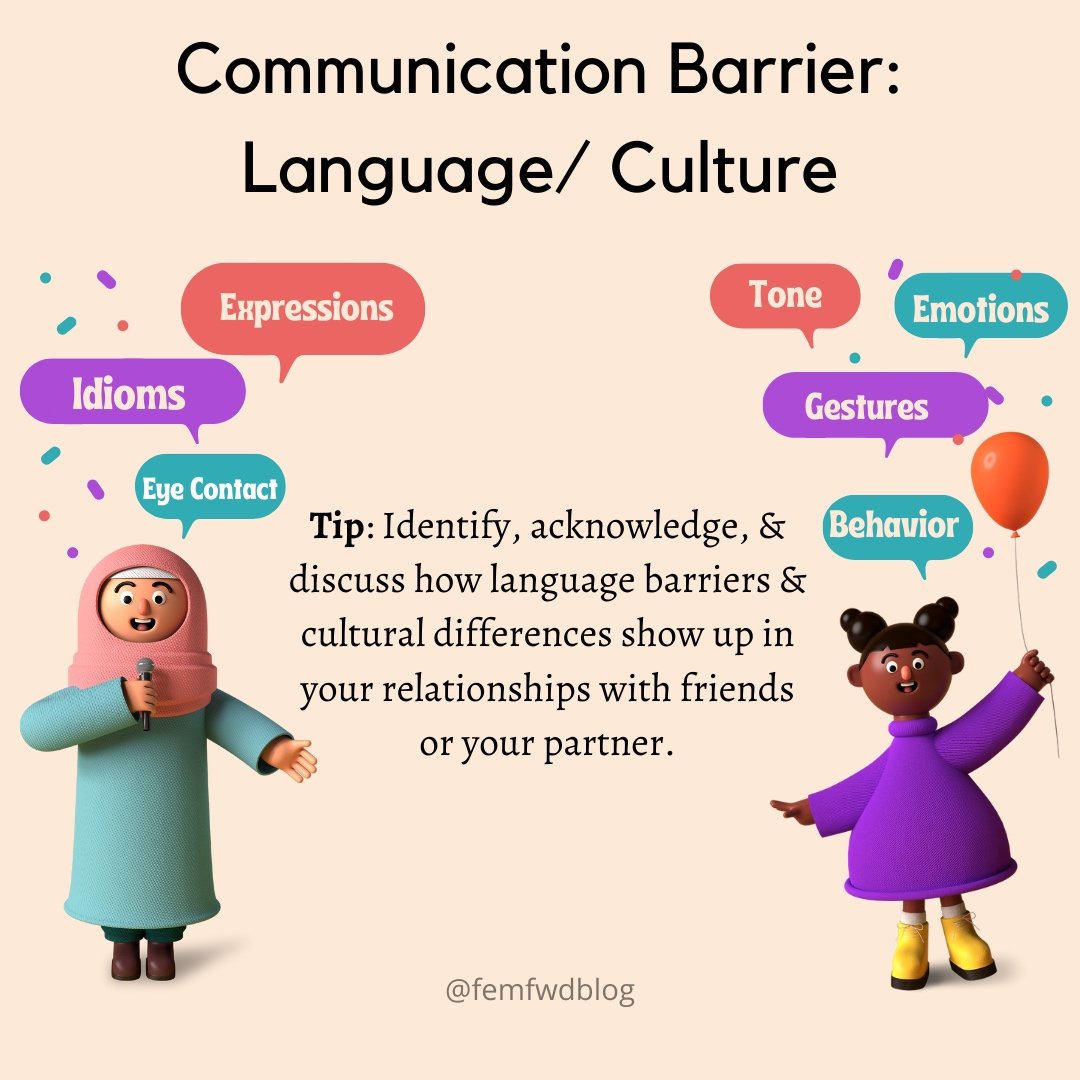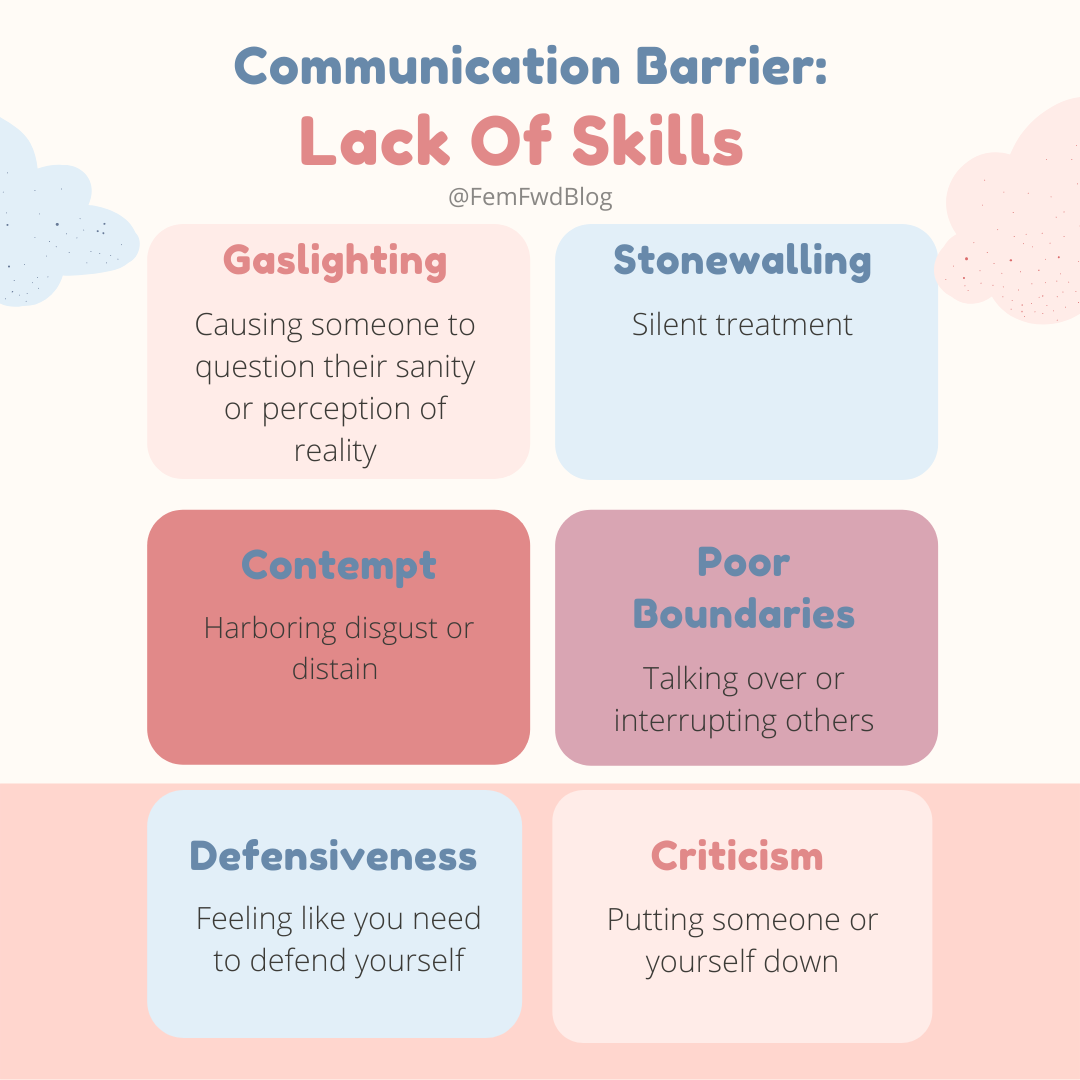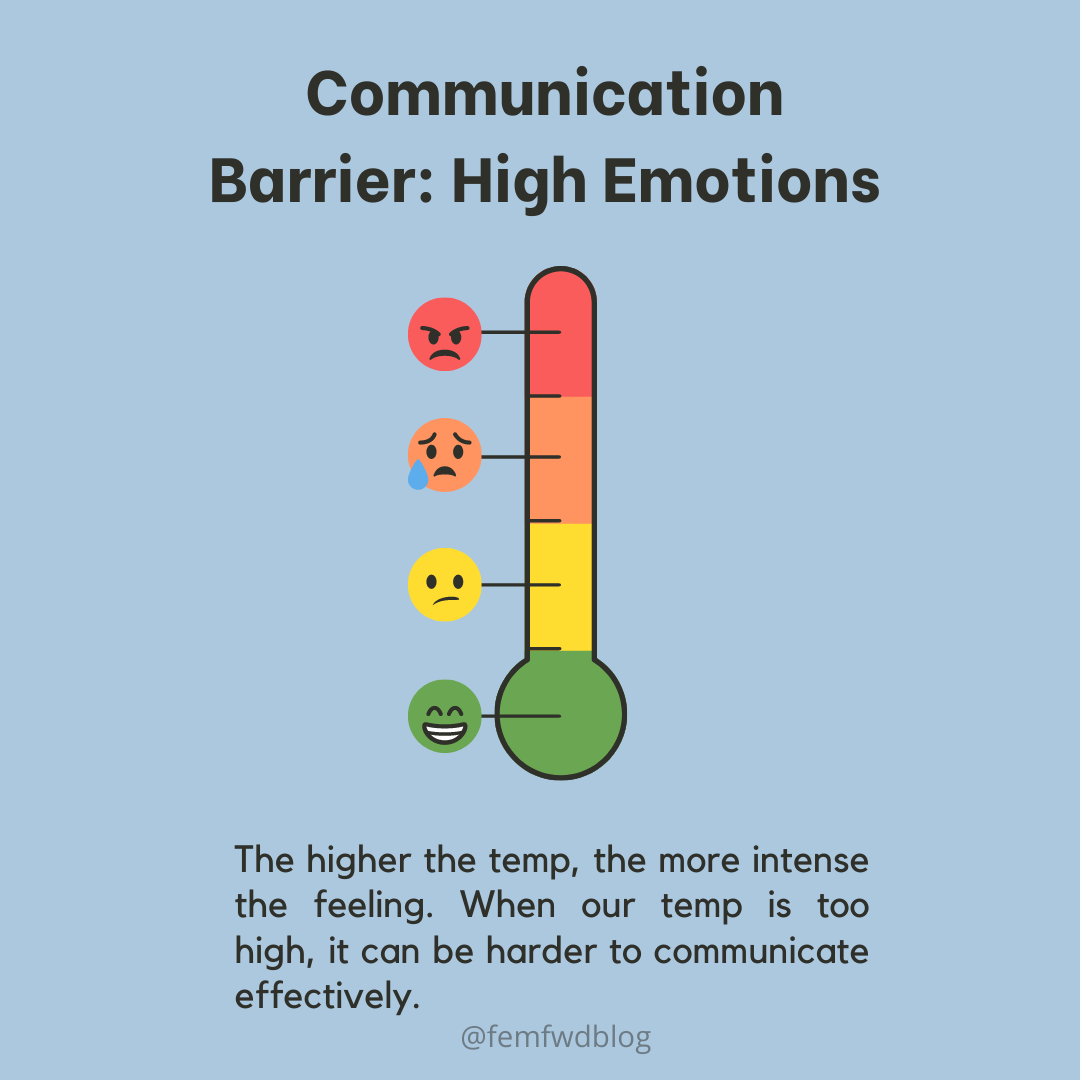What’s Getting In The Way Of Having A More Satisfying Relationship?
Have you ever walked away from a situation or an argument and wondered how things went so far south? How did things get so miscommunicated? Do you ever feel like you were trying to get your point across, but you did not feel heard or seen? Furthermore, it can be unbelievably frustrating to fight or argue with someone, and to leave feeling like nothing was really accomplished. You might even notice you keep having the same fight over and over again.
As a psychologist, I see first-hand how relationships (e.g., significant other, parent-child, co-workers, friends, etc.) go south because people struggle to communicate clearly and effectively. It is amazing how many subtle transactions that occur and cause a plethora of communication pitfalls. We are often not even aware of it unless someone points it out to us, which is typically where mental health professionals can be helpful. I even struggle to notice it in my own relationships until after the fact.
There are many communication pitfalls that get in the way and it is troubling because it causes so much emotional pain and can lead to unwanted consequences (e.g., divorce, strained relationships, dissatisfactory relationships). As a mental health professional, we are explicitly taught how to communicate through our coursework and supervision. I wonder why these skills are not taught in elementary, middle, and high schools? It would help solve so many problems, relationships, and alleviate unnecessary pain.
The following list helps breakdown some of these barriers. While some may seem obvious, it is surprising how easily these things are not on our radar in the moment.
Barriers to Effective Communication



Environmental Factors
When communicating, it is important to reduce environmental factors that interfere with good communication. For instance, when I am sleep deprived, I am more likely to lash out or respond in inappropriate ways. It is simply harder for me to regulate my emotions. Thinking back to some recent arguments and ask yourself:
o Was I hangy?
o Have I had enough sleep?
o Are there other people around? Kids?
o Am I arguing over text messaging or social media platform?
o What distractions are getting in the way?
Arguing over text or social media is a BIG communication barrier. There are so many things that get miscommunicated or misinterpreted. You do not know a persons tone of voice, facial expressions, or body language (i.e., non-verbal cues). It is best to simply talk on the phone, use video conferencing, or wait until you are in person.
Emotional Factors
I know when someone has hurt me, it may cause me to feel intense emotions in the moment. I may talk in ways that I am not proud. I am also less likely to really listen and hear the other person. So, take a moment and consider if your feelings are the driving force behind an argument, fight, or conversation.
As psychologists, we often talk about feelings and how to express our emotions in healthy ways. While this is important, we know our emotions can sometimes get the best of us. I like to think of our feelings as a thermometer. Our feelings are often a symptom of how we are doing or how things are going. The thermometer is the intensity of our feelings. The higher the temp, the more intense the feeling. When our temp is too high, then it becomes increasingly difficult to regulate it down. If we had a high temperature while sick, we would try to regulate with medication, a doctor’s visit, putting on or taking off more clothing, and taking a warm/cold shower or bath.
Regulate your Feelings
It is better to take a break or indicate you or the other person may need to walk away during these intense moments.
(1) Tell the person, “I am too heated right now to think clearly and have this conversation.”
(2) Share with them, “I plan to return to the conversation when I feel like I am in a better mental space. I might say things I don’t really mean or not hear you clearly if I stay here right now.”
(3) Give a timeframe to revisit the conversation. It might be a few minutes or a couple of hours. However, explain that you agree to have this conversation when you can be more effective.
(4) Make sure this timeframe also works for the other person, too.
Lack of Skills
Just like kids, adults are have to have been taught how to problem-solve and have respectful conversations. Learning how to communicate starts at an early age. Whether healthy or unhealthy, it is often modeled by our parents and other important adults in our world. If you did not learn healthy communication skills, not to worry, you can learn at any time. Great communication takes explicit instruction and lots of practice (check out our recent article to learn more about effective communication as a learned behavior)! Below are some examples of how people communicate in unhealthy ways.
o Stonewalling: silent treatment
o Gaslighting: causing someone to question their sanity or perception of reality
o Defensiveness: feeling like you need to defend yourself
o Criticism: putting someone or yourself down
o Contempt: harboring disgust or distain
o Poor Boundaries: talking over or interrupting others
o Bad Listening Skills: zoning out or responding unexpectedly
o Me, Myself, and I: talking about yourself or turning topics back to yourself often
Remember What You are Arguing About
Sometimes people miscommunicate simply because they are arguing about two separate issues. I often see people bring more than one topic to an argument, which is problematic in many ways. It is easier to stay on topic if both people identify and agree what the problem is out loud. Gently help one another stay on topic. It is very easy to get sidetracked!
You might say, “I hear that this is another thing you are upset about. However, we both agreed to discuss (Fill in the Blank). We can discuss (Fill in the Blank) at another time or after we finish (Fill in the Blank) topic.”
Language or Cultural Considerations
While this may seem obvious, language and cultural barriers often goes unrecognized and unacknowledged. It is easier to identify these when it is more noticeable, like when two people speak two different languages. However, it becomes more challenging when it’s subtle. For example, I grew up in a Latino household, meaning we are very expressive and use lots of demonstrative gestures. Whereas, my husband grew up in a traditional Caucasian, southern town, and family structure. It took both of us some time to learn that my highly expressive and emphatic tendencies do not mean I am angry.
Sign Up For Our Newsletter
If you found this article helpful be sure to sign up for our newsletter to stay updated on our new articles. If effective communication is of particular interest to you, you’re in luck! This article is part of our communication series. Stay tuned for information on communication, including assertiveness, boundary setting, and how to talk to your kids.

